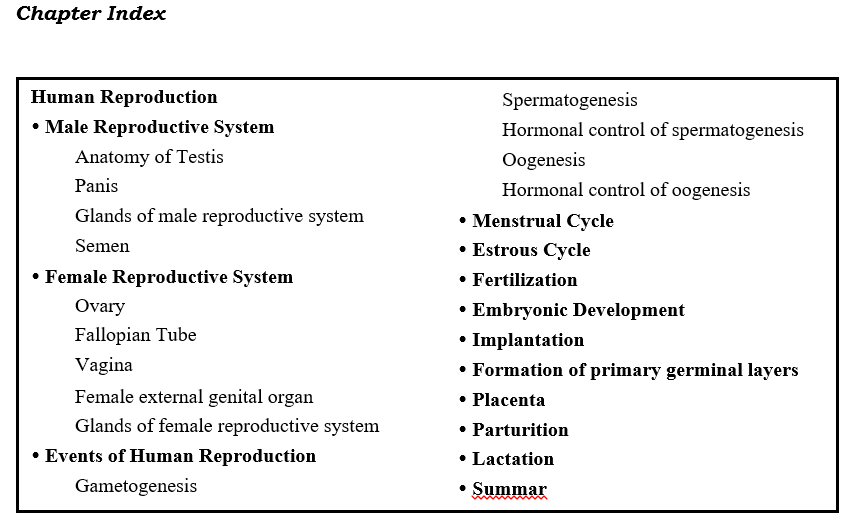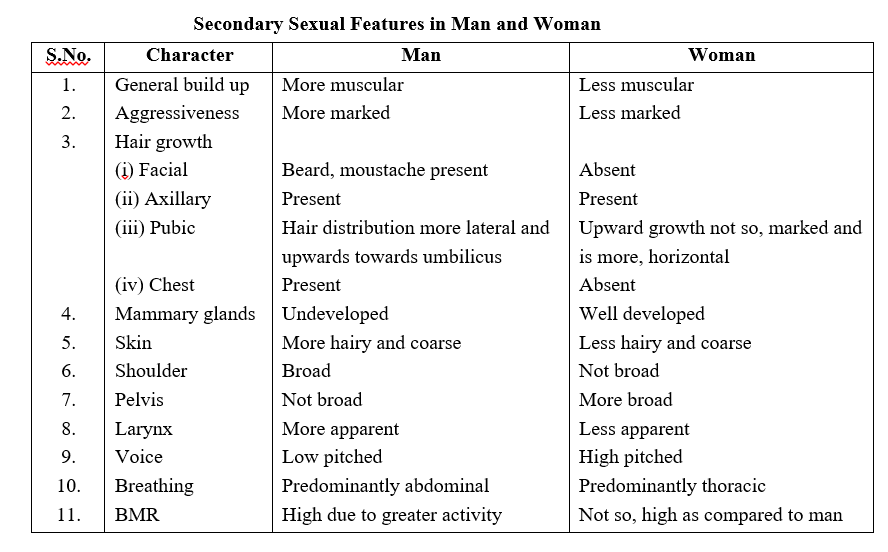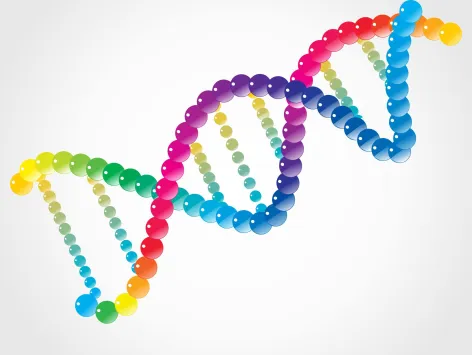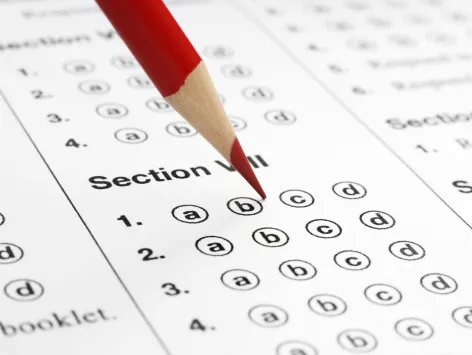
The topic of discussion pertains to human reproduction, specifically focusing on the male and female reproductive systems. Additionally, attention is given to the microscopic anatomy of the testis and ovary, as well as the processes of gametogenesis, namely spermatogenesis and oogenesis. The menstrual cycle is a physiological process that occurs in females, involving the regular shedding of the uterine lining and the release of The process of fertilization, subsequent embryo development leading to the formation of a blastocyst, and the subsequent implantation of the blastocyst into the uterine lining. The process of pregnancy and the formation of the placenta (rudimentary concept); the process of parturition (rudimentary concept); the process of lactation (rudimentary concept).
HUMAN REPRODUCTION
• Human beings are a species that exhibits unisexual reproduction.
• The regulation of gonadal growth, maintenance, and function is mediated by the secretion of gonadotropins from the anterior lobe of the pituitary gland.
• Secondary sex organs are a group of organs that do not produce gametes or secrete sex hormones, yet play crucial roles in the process of reproduction.
• The latter encompass the male reproductive organs, namely the prostate, seminal vesicles, vas deferentia, and penis, as well as the female reproductive organs, which consist of the fallopian tubes, uterus, vagina, and mammary glands.
• External traits that serve to differentiate males from females are referred to as accessory or external sex characteristics. These characteristics are alternatively referred to as secondary sexual characteristics.





